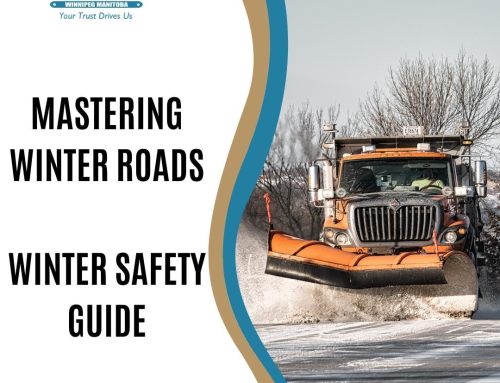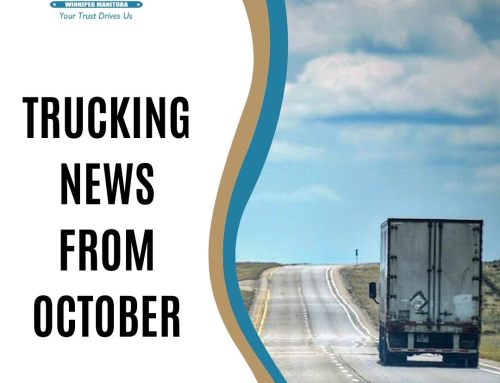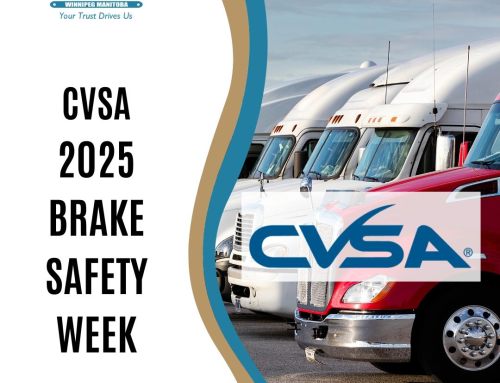 It doesn’t matter if you’re a seasoned driver or new to the industry, there is going to come a time when you get lost. The two main things that contribute to getting a driver off route are relying solely on a GPS device and poor communication while receiving directions.
It doesn’t matter if you’re a seasoned driver or new to the industry, there is going to come a time when you get lost. The two main things that contribute to getting a driver off route are relying solely on a GPS device and poor communication while receiving directions.
When you get Lost the Most Important Thing to Remember is not to Panic
Driving in a panic can lead you to make bad decisions and increase your chances of being in or creating an accident. The first thing you should do is find a safe place to pull over and assess your situation.
Most of the time getting back onto track is as simple as looking at your map and your GPS device. Try to determine where you are by using your maps or GPS device. Next, check your directions. Did you make a wrong turn along the way? Perhaps you copied the direction down incorrectly, misinterpreted them, or where not given proper directions to begin with. These things happen all the time.
If you can’t reroute yourself with the tools available to you in the truck, contact the shipper/receiver. Ask to speak with someone who knows the area well, someone who can get you from your current location to where you’re meant to be.
On rare occasion you may find yourself up the creek without a paddle. This is usually when the real panic sets in and often when bad situations are made worse. You may be facing an obstruction that you can’t get around, such as a low clearance bridge, turns that you just can’t take, or getting into a no truck zone. In these situations your main priority is not to damage anything or put other motorists at risk. Start by pulling off to the side and check your maps and GSP for you’re best option. You will at least get an idea of what the area looks like and may be able to find a safe way to go around the block and get yourself back on track. Google Maps is good for this because you can get a satellite view of the area; letting you see what’s ahead and which turns you will be able to make.
Here are some tips to help keep you on track:
- Make sure that you copy down directions clearly.
- When taking directions make sure to repeat each step back to the person who is giving them to you. Make sure you’ve understood the directions and that you’ve copied down all the steps.
- Ask that street names be spelled out if the spelling is unfamiliar to you.
- If you are unsure about any part of the directions given to you, don’t be afraid to ask questions.
- Ask for information about any landmarks that you will see along the route. Once you see them you’ll know that you’re on the right track.
- Make sure that you have a copy of the Rand-MacNally Motor Carrier’s Road Atlas and take the time to learn how to use it. Every truck route is highlighted and low bridges are listed.
- Don’t rely on Google Maps or other car-based GPS navigation unless you know for sure that the route being suggested is a truck route. The only thing that can make getting lost worse is getting lost in a residential area with a low bridge, narrow streets, low hanging trees and so on.
- Keep a journal of directions. Chances are you’ll visit the same location numerous times in your career. Once you have clear directions to get where you’re going it’ll be easier to get there the next time.
Remember that every driver gets lost once in awhile. Stay calm, pull over, make your plan and continue to your destination safely.




